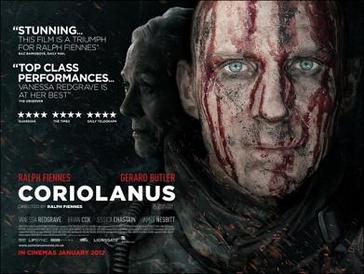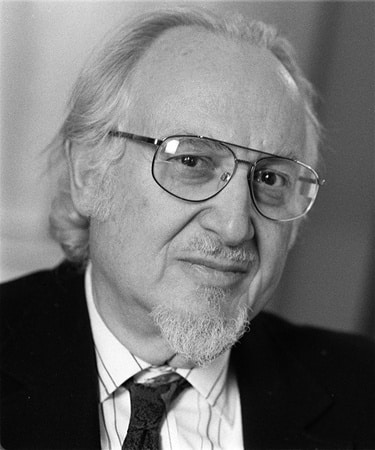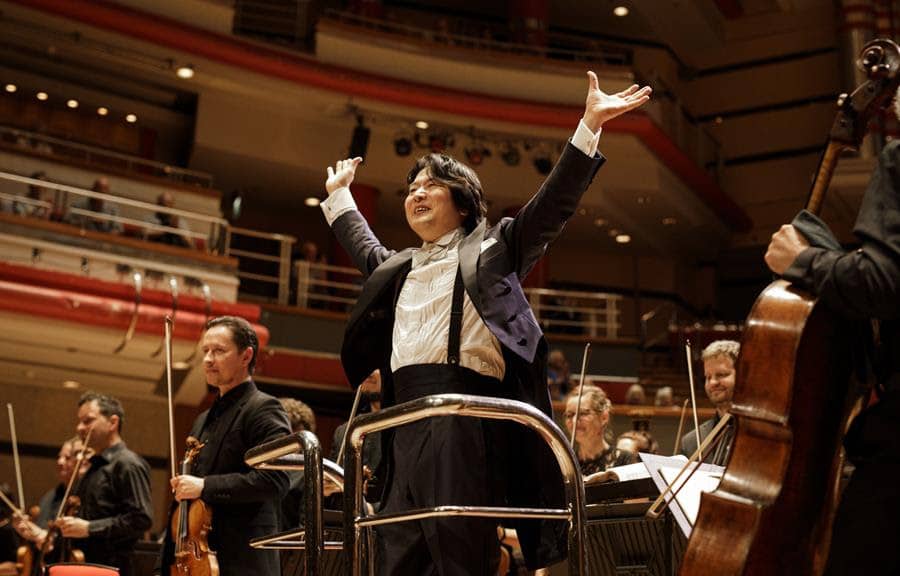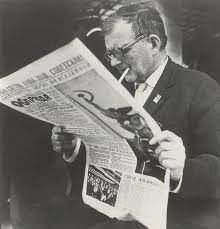Beethoven vs Shakespeare. Who wins?
mainWelcome to the 76th work in the Slipped Disc/Idagio Beethoven Edition
Coriolan overture, opus 62 (1807)
As a child in Bonn, Beethoven was taken to see performances at the elector Max Friedrich’s court theatre. There is no evidence of what he saw, but the company had several Shakespeare plays in repertory, including Hamlet, King Lear, Macbeth, Richard III and The Merry Wives of Windsor. Beethoven later bought a German edition of Shakespeare’s plays and talked of replacing it with the superior translation by the philosophers Schlegel and Tieck.
Like every composer of the Romantic era, he regarded Shakespeare as a significant forbear. There are clues to his Shakespeare interests. The slow movement of the first string quartet reflects the tomb scene in Romeo and Juliet; the ‘Ghost’ trio has been ascribed to Hamlet or to Macbeth. There is a Tempest sonata and possible hints of The Winter’s Tale in two of the last string quartets. One modern biographer likens Beethoven to Hamlet – a gifted man unequal to his circumstances, drifting beyond the reach of the rest of the human race. None of this tells us much more than we intuitively suspect about Beethoven and Shakespeare.
The one work that connects them is the Coriolan overture, written for an 1802 play by Heinrich von Collin which may, or may not, have been based on Shakespeare’s Coriolanus. In Shakespeare, the autocratic general Coriolanus is hated by his people, flees Rome and joins its enemies, the Volsci. As they are about to besiege the city, Coriolanus listen’s to his mother’s pleas and abandons the assault, asking the Volsci to kill him. The ending is both heroic and pathetic.
Collin’s play received a one-night revival in March 1807 at an event at Prince Lobkowitz’s palace, where Beethoven’s overture proved a great success. His fourth symphony and G-major piano concerto had their first performances on the same occasion. Collin vanished into the mists and his play was never seen again.
Beethoven used doubled winds and percussion in his overture, a sound heavy enough to break windows in the next street. The overture was not intended for domestic entertainment, rather for the dramatic stage. Richard Wagner would lead its chorus of fans, asserting that this overture was proof of Beethoven’s genius. The violence of Shakespeare’s climax – ‘Cut me to pieces!’ cries Coriolanus to the Volsci – is driven home by Beethoven, before the music drifts out into nothingness. Beethoven, like the Roman general, was seeking oblivion, an end to pain.
Short as it is, this overture affords a rare opening into Beethoven’s state of mind. Music directors love putting it on their programmes, if only to see the audience jump at the first percussion crash. In a century of recording, conductors compete as to who can frighten us the most.
There are about 100 recordings, some of which offer a masterclass in the canyon that divides the best conductors from the rest. Going straight to the top, Arturo Toscanini can practically quicken the dead with this overture while Herbert von Karajan sends them back to Vahalla in a Mercedes. Toscanini’s 1945 NBC performance is terrifyingly fast – a few seconds under seven minutes – and so arresting that the dismal sound makes no difference to our appreciation. Karajan in peak form – Berlin Philharmonic, 1965 – is more than two minutes longer. His entries are knife-edge and his consolatory ending would melt hearts of stone. One hardly needs to look beyond these pinnacles of interpretation, except there is always beyond.
The earliest recording – by Willem Van Hoogstraten, New York Philharmonic, 1924 – sounds like a firing squad on its last few volleys of the working day. Hoogstraten was filling in for half a season as music director in New York until Mengelberg was ready to take over. He then went off to conduct in Oregon for 13 years before joining his wife, the pianist Elly Ney, as a Nazi loyalist in Salzburg.
Mengelberg himself is virtuosic in this overture, and the Concertgebouw in 1926 was a much better orchestra than New York’s. Where critics often focus on the Dutchman’s wayward speeds, his concern for beauty is sometimes breath-taking, as it is here. Wilhelm Furtwängler in the old Berlin Philharmonie, June 1943, conveys unconscious echoes of the Battle of Stalingrad. This is epic, historic music-making, portending a tragic outcome. No conductor so lucidly captures the moment in which he is performing.
You might hardly believe it possible but Sir Thomas Beecham plays this overture as a series of jolly japes to be inflcted on an unwitting audience. Such is his command of the Royal Philharmonic Orchestra (1953) that even a seasoned listener does not know what to expect next. Life, he seems to be saying, can’t be one big tragedy, so enjoy this.
The Romanian conductor George Georgescu, barely remembered beyond Bucharest, built the terrific George Enescu Philharmonic Orchestra and gave, in 1961, a truly civilised account of this overture – pure music, above all the Cold War politics of the time, and elegant as a Paris boulevard. This track was never released: it’s an Idagio exclusive.
The least expected period interpretation comes from the medievalist Jordi Savall and his Concert des Nations (1994). Savall seems to think of this overture in terms of knightly jousting, or maybe a swordfight. Either way it manages to be both courtly and thrilling. Bruno Weil with Tafelmusik sound,s by contrast, as his he has kept the safety catch on. John Eliot Gardiner’s Royal Festival Hall concert never achieves lift-off and is maimed by crabby sound. Roger Norrington is much to be preferred.
Partial as I am to to everything David Zinman does in Beethoven, this Zurich Tonhalle recording is full of incident and tension. Riccardo Chailly is another thoughtful and engaging modern contender. Leonard Bernstein with the Vienna Philharmonic (1981) is wilfully slow, at his most gruesomely self-indulgent. Slowest of all is Klaus Tennstedt at nine and a half minutes, live with the London Philharmonic in 1992, but there’s not a second’s worth of tedium in his performance. This is a masterful act of storytelling, full of empathy for the protagonists, carrying us along on a high tide of intense feeling. You think you know the Coriolan overture? Listen here.






Comments